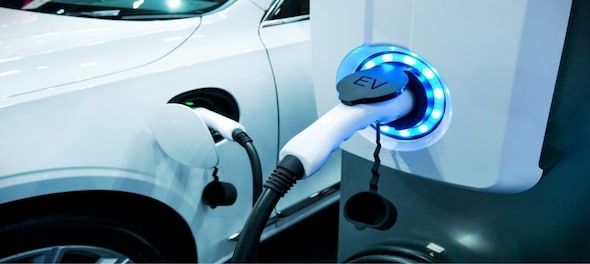
The FICCI-Yes Bank report’s vision on e-mobility in India in 2047 has envisaged 87 percent electric vehicle (EV) penetration in new vehicle sales and 85 percent localisation of the XEV value chain. The projected segment-wise penetration is 91 percent for three-wheelers, 90 percent for two-wheelers, 79 percent for passenger vehicles, and 67 percent for buses by 2047.
Terming the global shift towards electrification as a huge opportunity for India’s current market of over 20 million domestic vehicles, the report described high upfront costs, constraints on vehicle finance, safety concerns, nascent global inroads, and limited access to key raw materials as challenges for mobility in India.
The report also pointed out that R&D and skillsets combined with low order volumes and rapid technology evolution need to be rectified along with issues relating to charging infrastructure development and utilisation.
The report suggested several holistic and intersectional changes to boost EV adoption in India via the development of a vibrant resale market, open data on vehicle performance to ease vehicle finance and insurance, vehicle and component servicing, longer warranties, and quality testing for all vehicle classes to allay concerns on safety.
Calling for emissions-based taxation, credit pathways for the financing of EVs, and continuation of incentives until significant EV penetration, the report has sought that the government should mandate the installation of charging infrastructure in public parking as well as push for power utilities for upstream infrastructure creation and green power integration.
To tap global markets, the report has called for export incentives, promotion, and development of test capacity for global standards with a focus on 2- and 3-wheelers, tractors, and LCVs. The demand includes the development of a local R&D ecosystem for recycling, alternate energy sources including Sodium/Hydrogen, R&D incentives/tax rebates and fund infrastructure for prototyping, testing, and pilot plants.
The report has suggested localisation for capital equipment, flexible production, and design stage collaboration for components; along with collaborative focused skill missions with academia, start-ups, skill councils, MSMEs and collaborative procurement at the level of components and materials.
(Edited by : Vivek Dubey)
Check out our in-depth Market Coverage, Business News & get real-time Stock Market Updates on CNBC-TV18. Also, Watch our channels CNBC-TV18, CNBC Awaaz and CNBC Bajar Live on-the-go!


Andhra Pradesh: Kuppam loyalty test for TDP chief Chandrababu Naidu
May 6, 2024 9:35 AM
PM Modi visits Ram Mandir for first time since 'Pran Pratishtha', offers prayers before roadshow
May 5, 2024 8:59 PM

